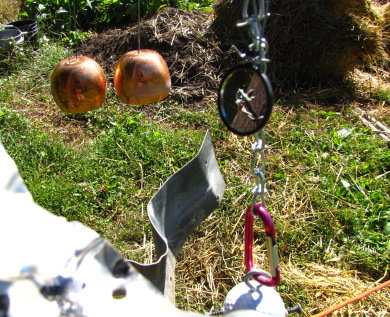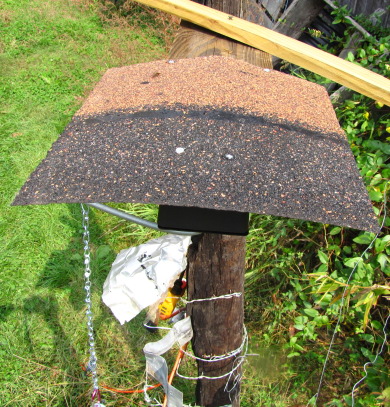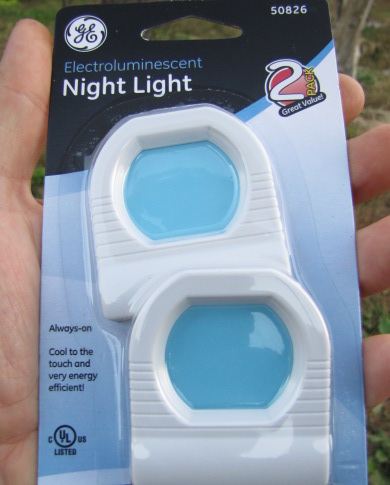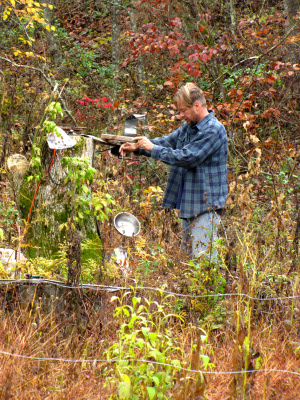 Mark has really kept on top
of the deer deterrents this summer, and we haven't
had a single incursion in months. In past years, deer damage was
already starting to get extreme by late October, but it's possible that
wild foods are especially abundant this year, keeping the deer well fed
in the woods and out of the garden. As always, it's a lot easier
to figure out why the deer got into the garden than to try to decipher
which factors are keeping them out, but I can't help pondering the
issue.
Mark has really kept on top
of the deer deterrents this summer, and we haven't
had a single incursion in months. In past years, deer damage was
already starting to get extreme by late October, but it's possible that
wild foods are especially abundant this year, keeping the deer well fed
in the woods and out of the garden. As always, it's a lot easier
to figure out why the deer got into the garden than to try to decipher
which factors are keeping them out, but I can't help pondering the
issue.
Of all the natural
foods, acorns are perhaps the most important in a deer's fall
diet. Since oak trees mast --- produce few nuts
most years, then all gang up and produce a bumper crop during certain
years --- it's unsurprising that studies have shown varying percentages
of acorns in a deer's diet. A quick search of the web turns up
figures ranging from 20% to 75% for acorns' contribution to the diet of
a white-tailed deer.
Not all acorns are
created equal, though. Oaks can be divided into two large groups:
the white oaks, including white oak, chestnut oak, and others with
rounded lobes on their leaves; and the red oaks, including red oak,
black oak, scarlet oak, and others with pointy lobes on their
leaves.
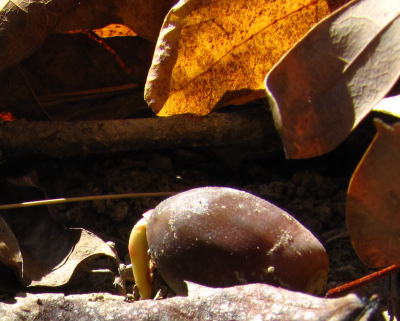
Although you might have a
hard time identifying the acorn you find on the forest floor, a deer is
much more discerning. Acorns in the white oak group are sweet,
with low concentrations of bitter tannins, so they are a preferred food
early in the fall. As you can see from this photo, though, white
oak acorns make up for their tastiness by sprouting quickly, so by late
October, there are often few unsprouted white oak acorns around for
deer to chomp on.
That's when red oak
acorns shine. With their bitter nuts, red oaks figure they can
wait until spring to sprout, and the tannins do deter many seed
predators. But by late fall, deer are getting hungry, so they
turn to the red oak acorns.
Since red and white oaks tend to
produce bumper crops during different years, deer often end up hungry
during either the early fall or late fall, but in our neck of the
woods, both red and white oak acorns are currently common on the
ground. Clearly, this double mast year has kept the deer very
well fed.
Looking for another homestead
invention that really works? Mark's homemade chicken
waterer keeps your
flock's drinking water poop-free.

